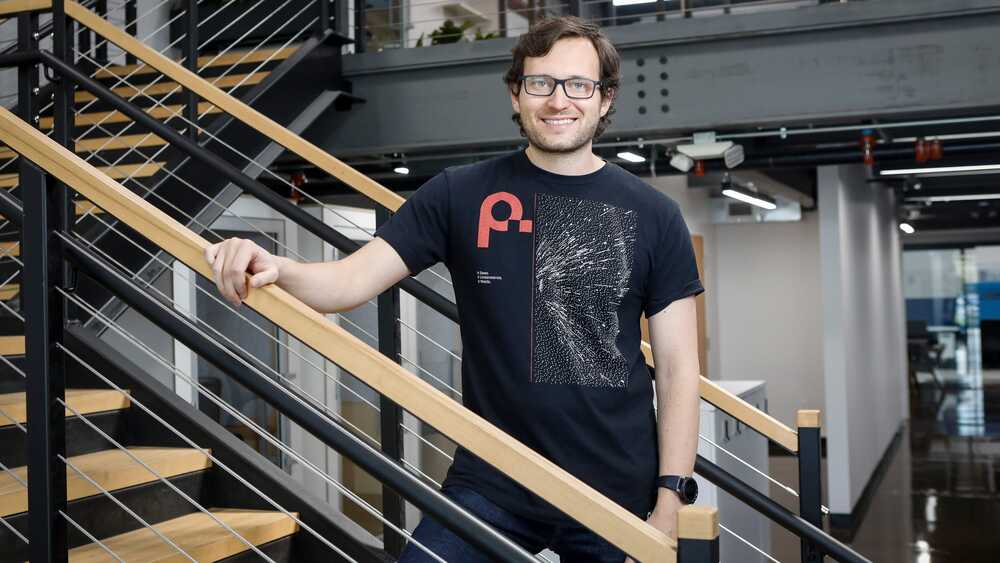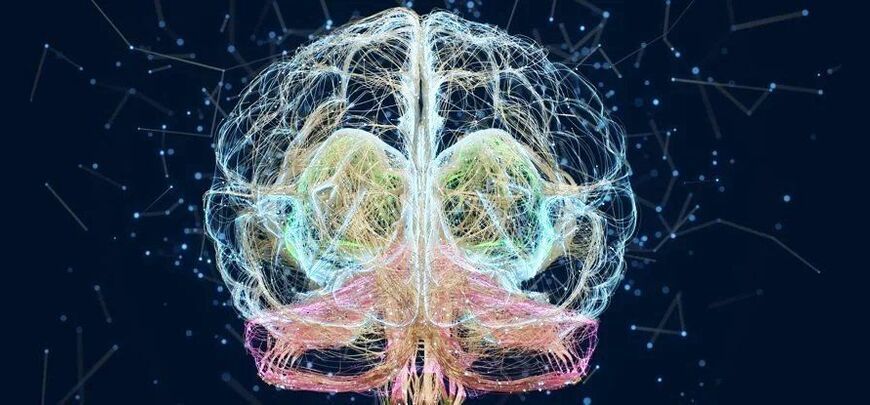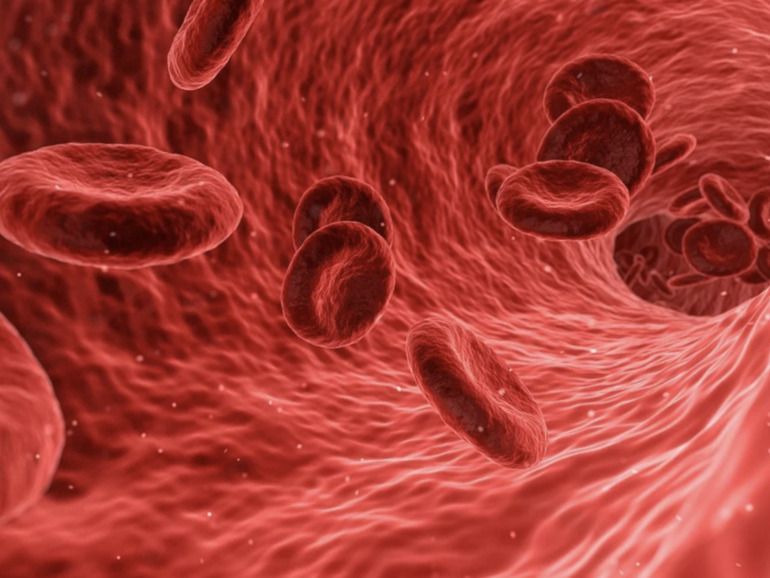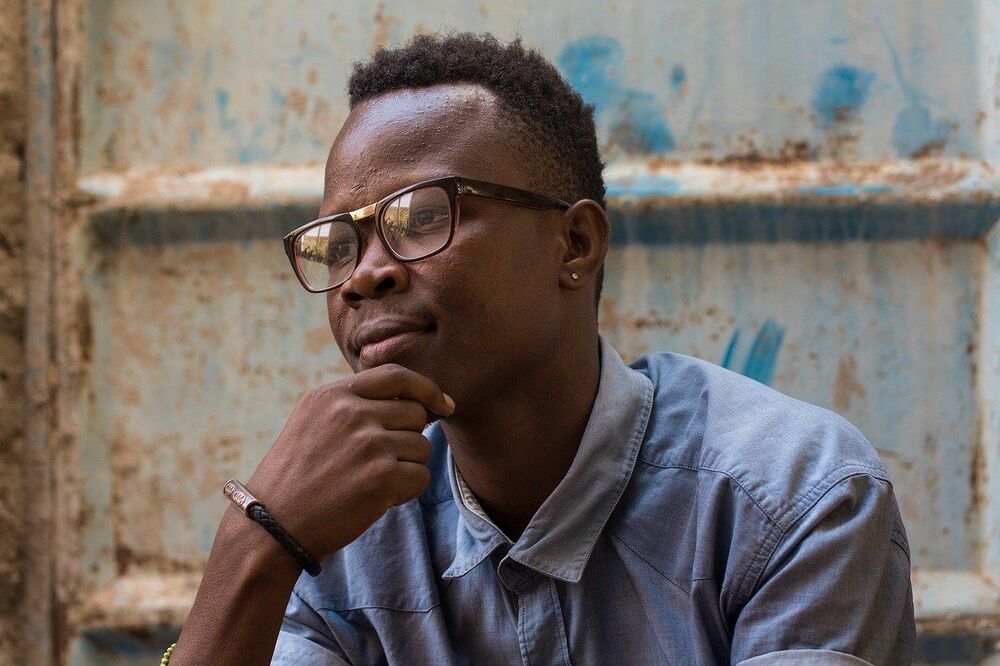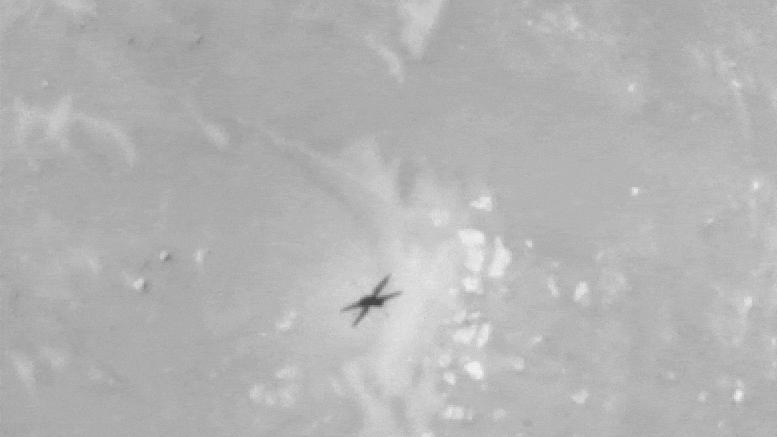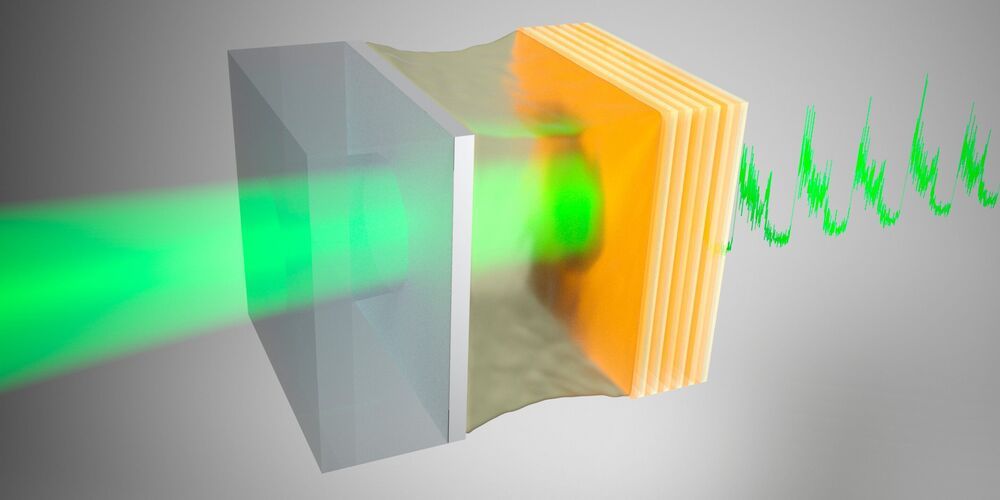In the welding field, however, some argue that a robot takeover might be beneficial, and even necessary.
Columbus startup Path Robotics believes AI is one solution to the shortage of skilled labor that plagues welding. Path boasts the “world’s first truly autonomous robotic welding system.” Conceived after 18 months in the basement of a foundry, its system identifies what needs to be welded, welds it and learns along the way.
Path Robotics CEO Andy Lonsberry said he and his brother, Alex Lonsberry, chief technology officer at Path Robotics, always wanted to start a business.
